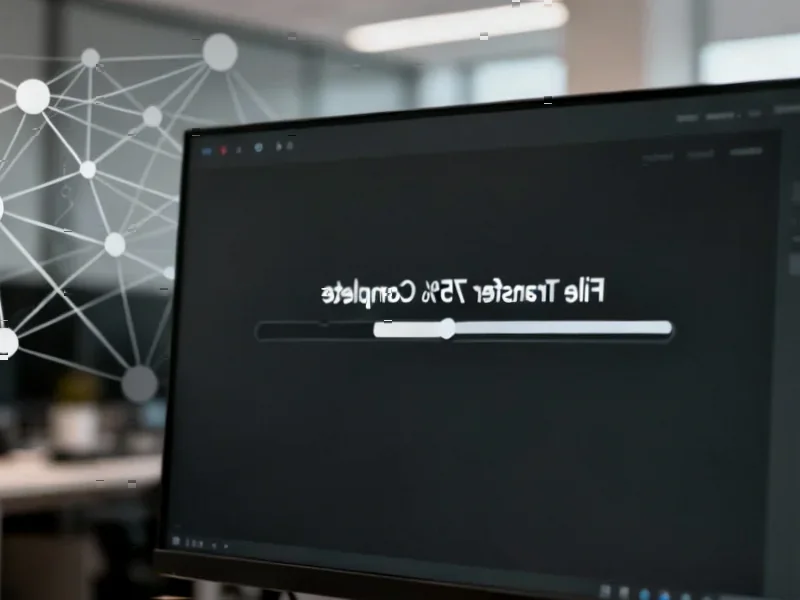According to TechRadar, Italy’s communications authority AGCOM has announced mandatory age verification for adult websites effective November 12, joining similar initiatives in the UK, France, and several US states. The system affects approximately 50 websites initially and features a “double-anonymity” design where certified third parties verify identities without knowing what content is accessed, while websites receive only secure tokens without personal data. Google search trends show VPN interest has significantly increased in Italy, with searches for “November 12” spiking 140% as users anticipate the restrictions. The European Platform of Regulatory Authorities indicates the system’s scope may expand beyond adult content to other services unsuitable for minors. This regulatory shift raises important questions about both privacy protection and circumvention methods.
The Double-Anonymity Technical Framework
The Italian system represents a significant evolution from earlier age verification attempts by implementing what’s essentially a zero-knowledge proof architecture. In traditional verification systems, either the website learns your identity or the verification provider knows what you’re accessing. The AGCOM-approved approach creates a cryptographic separation where the identity verification and content access decisions happen in isolated environments. The third party essentially becomes a trusted notary that confirms “this person is over 18” without learning which of the 50+ adult sites they’re accessing, while the website receives mathematical proof of age verification without any personally identifiable information.
Implementation and Scalability Concerns
While the double-anonymity model addresses some privacy concerns, it introduces significant technical complexity. Each verification requires multiple API calls between the user’s device, the verification provider, and the destination website. The requirement to repeat this process for each access attempt creates both performance bottlenecks and multiple points of potential failure. From an infrastructure perspective, the system must handle potentially millions of simultaneous verification requests while maintaining the cryptographic separation that makes it secure. The EPRA documentation suggests this could expand to other content categories, which would exponentially increase the load on what’s essentially a centralized verification infrastructure despite its distributed appearance.
The VPN Workaround Phenomenon
The 140% search spike for “November 12” and rising VPN interest reveals a fundamental tension in content regulation. When users encounter barriers to accessing content they previously consumed freely, they naturally seek technical workarounds. The Google Trends data shows Italians are already exploring VPN options, which creates its own security concerns. Many users will gravitate toward free VPN services that may compromise their data security more than the regulated verification system would. This creates a paradoxical situation where privacy-focused regulation drives users toward potentially less secure alternatives. The technical literacy required to evaluate VPN security often exceeds what average consumers possess, leading to unintended security consequences.
Broader Industry and Regulatory Implications
Italy’s implementation represents the latest iteration in a global trend toward mandatory age verification that’s likely to accelerate. The technical architecture choices here will influence similar systems being developed across Europe and North America. However, the immediate VPN surge demonstrates that technical solutions alone cannot address the underlying behavioral patterns. As these systems evolve, we’re likely to see an arms race between verification technologies and circumvention methods. The expansion potential beyond adult content raises significant questions about how broadly such systems might eventually be applied to social media, gaming platforms, and other online services where age verification becomes increasingly relevant to regulatory concerns.




